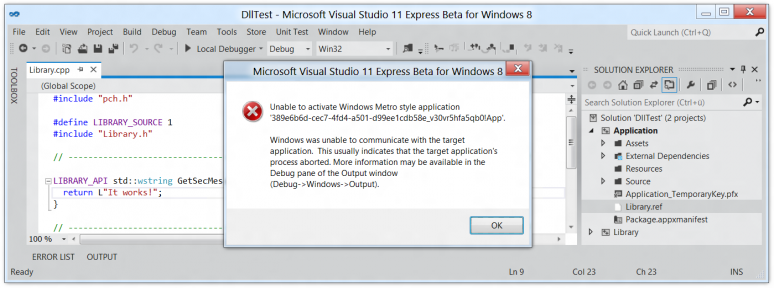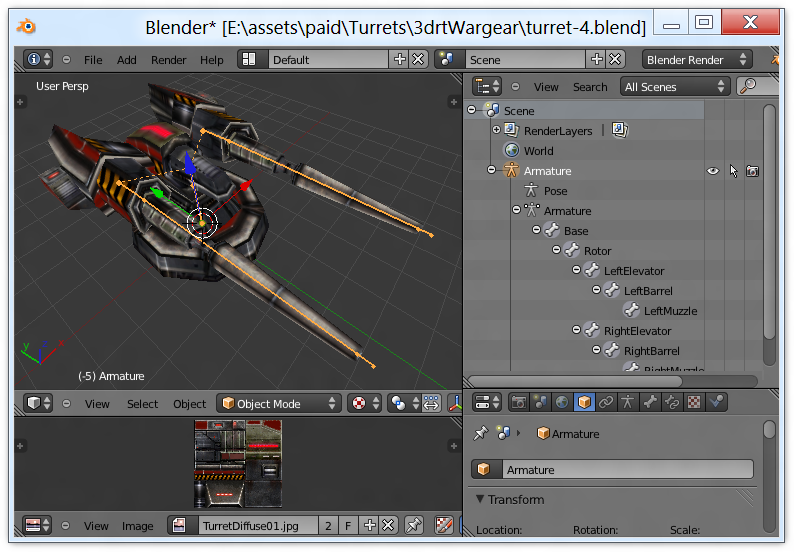This post’s title says it all. I’ve just installed the Windows 8 Release Preview with Visual Studio 2012 RC. Just like in the previous release, Visual Studio 11 Beta, the Express edition does not contain any plain Win32 project templates, only ones for Microsoft’s new Metro UI.
This is a pretty scary situation for me: recently, the C++11 Standard was completed which finally makes threading in C++ bearable (when writing libraries, you no longer have to force a decision between Boost, TBB or POCO on your users). But C++11 threading was only added to Microsoft’s C++ compiler & standard library in Visual Studio 2012.
So unless Microsoft reverts the decision to no longer offer a free C++ compiler for Windows desktop applications, these are my options:
- Buy Visual Studio 2012 Professional and exclude anybody out there who doesn’t want to shell out $500 from using my libraries. Make it harder to build any kind of team because there’s now a significant hurdle to entry. Probably be forced to modify 3rd party libraries in the future because Open Source projects will no longer test compilation of their code with Visual Studio.
- Keep Visual C++ 2010 Express and either write my own threading wrapper (increasing dependencies of my libraries from 0 to 1) or just go with Boost and forget the rest.
- Switch to Eclipse CDT + MingW and build my Windows desktop applications this way. That would give me C++11 threading (at least I suppose so – I couldn’t get it to work, see screenshot) but I’d have to always port anything I write to GCC (of which MingW is a port). Could be a good thing, since it lowers the barrier to port my stuff to Linux and Android.
Update: if you want to weigh in, I’ve been so bold and filed a bug report on Microsoft Connect: Support C++ Desktop Applications in Visual Studio 2012 Express.
Update2: the disaster is averted! Today, the Visual Studio blog announced that Microsoft has given in and will be offering two Express editions: The already known Visual Studio 2012 Express and, Visual Studio 2012 Express for Windows Desktop. That means it’s safe to use C++11 across the board now. GCC 4.6 has it, the modded Android NDK has it, and Visual C++ 2012 has it!
Read More





